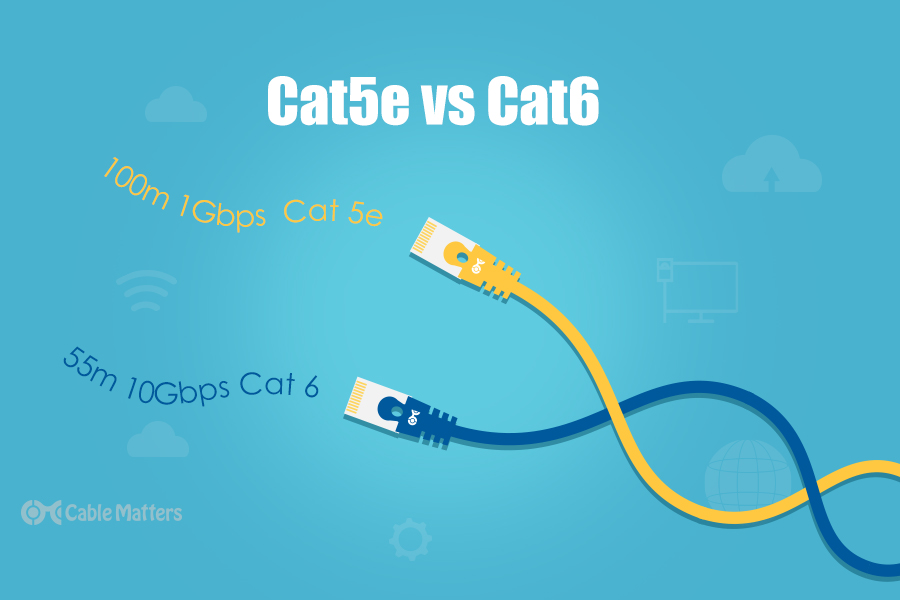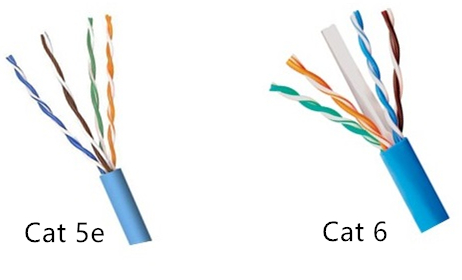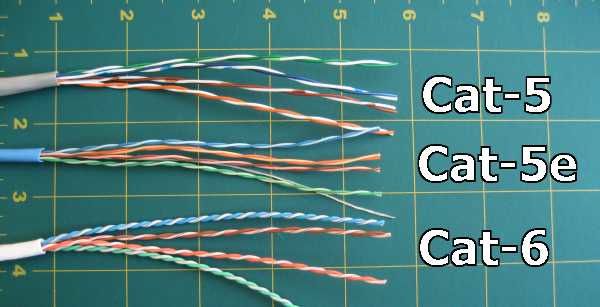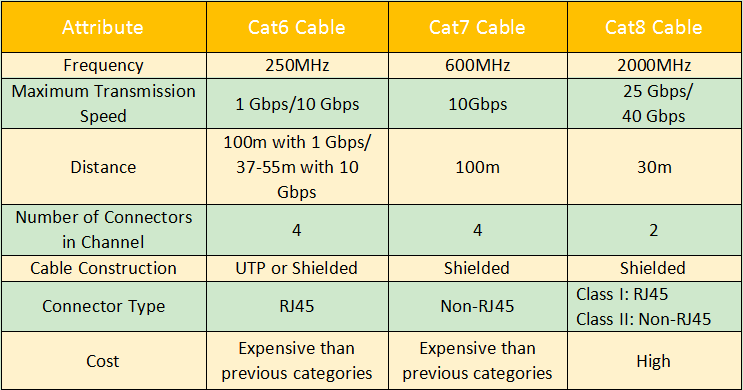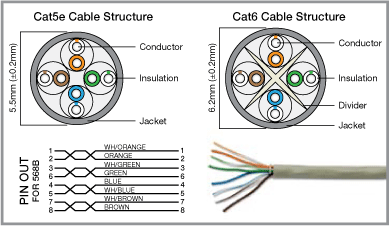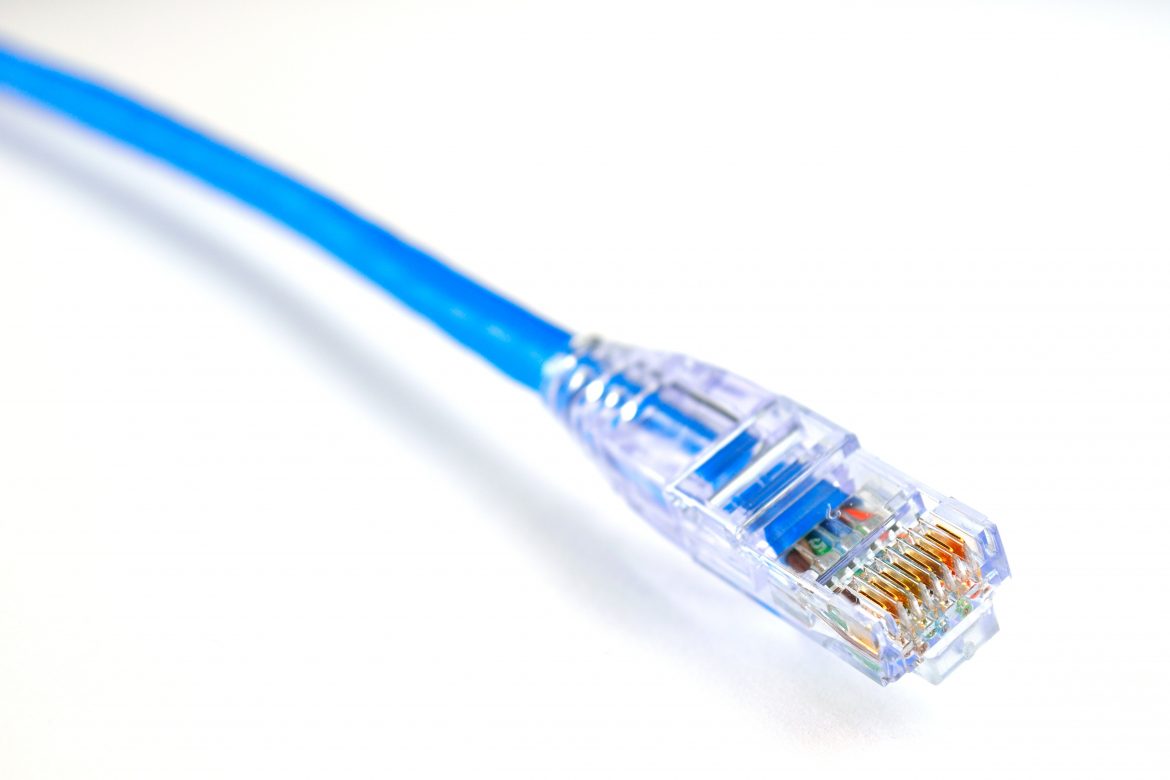Cat5e Vs Cat6 Cable Size

Cat 6 ethernet cable.
Cat5e vs cat6 cable size. Cat5 vs cat5e. Category 6 the mainstream adoption of gigabit ethernet 1000base t required a new industry standard cable. For much of the 2000 s cat 5e was run to the workstations and cat 6 was run. The cable needed to be capable of transmitting at a higher frequency of 250 mhz.
The cat6 cable uses a thicker gauge wire and has an increased shielding. As a result cable manufacturers introduced cat6. Cat5 cable cat5 cable is broken into two separate categories. Cat 6 cables came out only a few years after cat 5e.
Cat 5e was already handling gigabit speed cat 6 was further improved to offer a bandwidth of 250 mhz. Cat 5e is an enhanced version of cat5 that adds specifications for crosstalk see below. Also the wires have more twists. This cable gave the ability to have a 10 gigabit network.
Cat5e cable is completely backwards compatible with cat5 and can be used in any application in which you would normally use cat5 cable. Cat5 has become obsolete in recent years due to its limitations compared to cat5e and cat6 cables. That speed comes with a price however as cat 6 cables are more expensive than cat 5 and cat 5e variants. Although the cat5 cable can handle up to 10 100 mbps at a 100mhz bandwidth which was once considered quite efficient the newer versions of cat cables are.
Cat6 cables also called category 6 or cat 6 cables provide lower crosstalk a higher signal to noise ratio and are suitable for 10gbase t 10 gigabit ethernet while cat5e cables support only up to 1000base t gigabit ethernet. Cat 6 was developed with advancement in technology and the need to transfer more data at faster speeds. Network support cat 5 cable will support 10base t and 100base t network standards that is it supports networks running at 10 mbps or 100 mbps. The cost is about 20 35 higher than cat6 but the maximum cable length is 100 meters across all systems and conditions for gigabit ethernet.
Cat5 and cat5e cables. Cat 5e cables are typically 24 gauge twisted pair wires which can produce a gigibit network at distances up to 328 ft including patch cables at both ends. Cat 6 cables technically support speeds up to 10gbps but only do so for up to 55 meters. Cat 5e has been defined by the tia eia 568 b and is recognized by the same.
Cat5e and cat6 cables are both backwards. Though cat6 and cat7 cables exist and can work with even faster speeds cat5e cables will work for most small networks.
